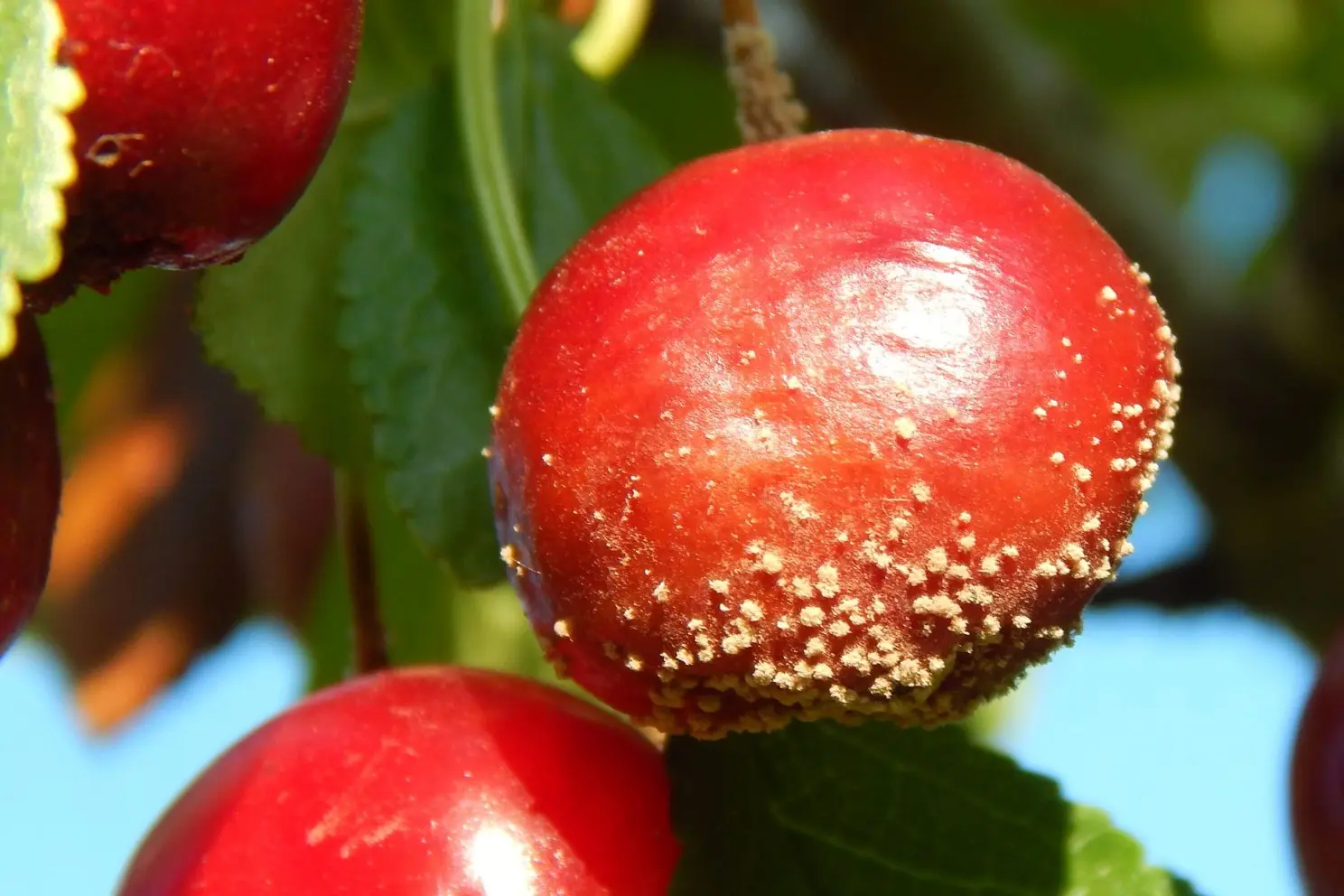After years of negotiations, Spain has obtained the green light to export fresh cherries to the Chinese market. It was in fact the General Administration of Customs (GAC) of China that officially published the list of Spanish facilities authorized for export, thus giving immediate clearance to shipments.
The signing of the export protocol took place on April 11 in Beijing, during the official trip of the Spanish Prime Minister, Pedro Sánchez. The agreement was signed by the Minister of Agriculture, Fisheries and Food, Luis Planas, and the AGA representative, Sun Meijun.
Phytosanitary controls and traceability guarantees
As stipulated by the bilateral agreement, the access of Spanish cherries to the Chinese market was subject to a thorough phytosanitary audit. On June 9, 12, and 13, AGA inspectors carried out video inspections of selected orchards and processing plants. On August 14, China published the official register of authorized warehouses, making the agreement effective.
The protocol establishes a strictly monitored export chain, in which the Spanish Ministry will oversee every stage, from harvesting in registered orchards to packaging and logistics, ensuring quality and traceability. The agreement is valid for three years.
An agreement that strengthens trade relations
The cherry protocol adds to the numerous agreements signed between the two countries: from 2018 to today, Madrid and Beijing have signed 11 agreements on agri-food exports. Among the products already approved for China are peaches, citrus fruits, plums, table grapes, persimmons, almonds, and plant-derived feed products such as oats, alfalfa, and olive extracts. Negotiations are also underway for dried figs and pistachios.
China, a strategic partner for agri-food
In 2024, China ranked as the third non-EU market for Spain's agri-food exports, with a value reaching €1.864 billion. Only the United Kingdom and the United States precede the Asian giant in this ranking. A clear signal of the strategic role that Beijing is taking on for Iberian agriculture.
The opening of the Chinese market to cherries therefore represents not only a diplomatic success, but also a concrete opportunity for the entire fruit and vegetable sector, which can now look to Asia with greater confidence as a driver of future growth.
Source: empresaexterior.com
Image source: SL Fruit Service
Cherry Times - All rights reserved












